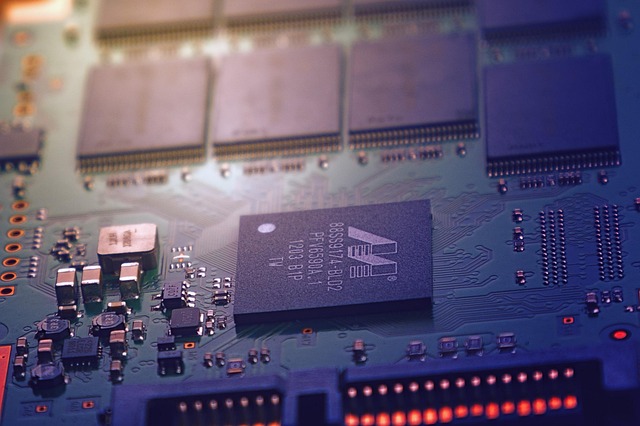
“Unleashing the Power of Big Data: A Hardware Perspective”
Unleashing the Power of Big Data: A Hardware Perspective
In today’s digital era, Big Data isn’t just a buzzword—it’s the foundation of revolutionary advancements across industries. From healthcare breakthroughs to smarter cities, the volume and velocity of data generated daily are staggering. But behind this data surge lies a critical component often underappreciated by many: the hardware that makes it all possible.
Why Hardware Matters in Big Data
When we talk about Big Data, the focus often shifts to analytics, algorithms, and cloud computing. However, the sheer scale of data demands robust, scalable, and high-performance hardware solutions. Processing petabytes of information in real-time requires more than just software ingenuity; it relies on storage capacity, processing power, memory bandwidth, and network speed working in seamless harmony.
Storage Solutions: The Bedrock of Big Data
Handling massive datasets means traditional storage systems quickly become bottlenecks. Modern Big Data environments leverage cutting-edge hardware like solid-state drives (SSDs), distributed storage clusters, and high-density storage arrays. These technologies not only provide the capacity needed but also accelerate data read/write speeds, ensuring analytics processes aren’t hampered by slow data retrieval.
Processor Power and Parallelization
At the heart of Big Data processing is the CPU, or increasingly, GPUs and specialized processors like TPUs. Multicore CPUs combined with parallel computing frameworks such as Apache Hadoop or Spark empower systems to crunch data faster than ever before. The hardware architecture thus plays a pivotal role in enabling real-time insights and predictive analytics.
Networking: Bridging the Data Deluge
Massive data volumes demand high-throughput, low-latency network hardware. Innovative network interface cards (NICs), fiber optics, and 5G capabilities ensure that data flows quickly between storage, processors, and user endpoints. This interconnectedness is vital to maintain agility and responsiveness in Big Data applications.
Energy Efficiency and Cooling Challenges
High-performance hardware that fuels Big Data operations inevitably consumes significant power and generates heat. Sustainable hardware design, efficient cooling solutions, and power management innovations are becoming essential considerations. Balancing performance with environmental responsibility defines the next wave of hardware advancements.
Hardware Innovation Drives Big Data Forward
The evolution of hardware—from NVMe storage to AI accelerators—is unlocking new potentials in Big Data analytics. For hardware enthusiasts and professionals, understanding these components and their impact on data workflows offers a unique vantage point to harness the full power of Big Data. As devices grow smarter and data expands exponentially, the fusion of hardware and data science will continue to shape our digital future.



